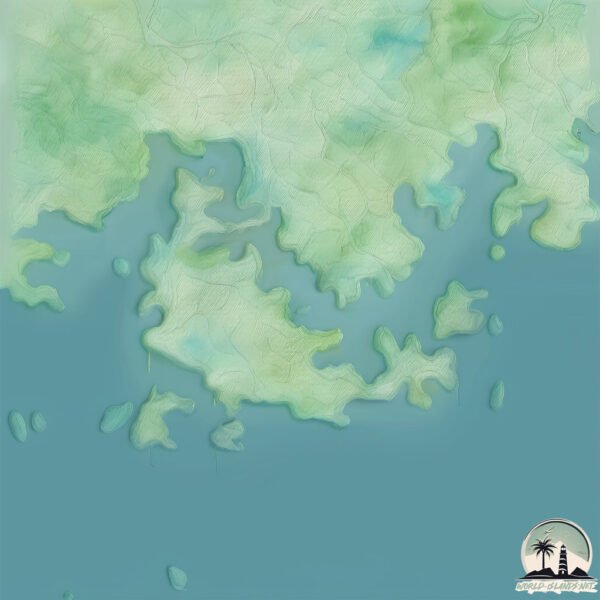Bito Do

Welcome to Bito Do, a Temperate island in the Japan Sea, part of the majestic Pacific Ocean. This guide offers a comprehensive overview of what makes Bito Do unique – from its geography and climate to its population, infrastructure, and beyond. Dive into the details:
- Geography and Size: Explore the island’s size and location.
- Climate and Weather: Weather patterns and temperature.
- Topography and Nature: Uncover the natural wonders of the island.
- Infrastructure and Travelling: Insights on reaching, staying, and making the most of your visit.
- News and Headlines: Latest News.
Geography and size of Bito Do
Size: 3.065 km²
Coastline: 17.7 km
Ocean: Pacific Ocean
Sea: Japan Sea
Continent: Asia
Bito Do is a Small Island spanning 3.1 km² with a coastline of 17.7 km.
Archipel: –
Tectonic Plate: Amur – A minor tectonic plate in the region of the Amur River at the border of Russia and China, involved in complex interactions with the Pacific and Eurasian plates.
The geographic heart of the island is pinpointed at these coordinates:
Latitude: 34.97328578 / Longitude: 127.97441473
Climate and weather of Bito Do
Climate Zone: Temperate
Climate Details: Monsoon-Influenced Humid Subtropical Climate
Temperature: Hot Summer
Climate Characteristics: Known for hot, humid summers with significant monsoon rains, contrasted by mild, drier winters.
Topography and nature of Bito Do
Timezone: UTC+09:00
Timezone places: Asia/Tokyo
Max. Elevation: 13 m
Mean Elevation: 10 m
Vegetation: Open Woodland
Tree Coverage: 38%
The mean elevation is 10 m. The highest elevation on the island reaches approximately 13 meters above sea level. The island is characterized by Plains: Flat, low-lying lands characterized by a maximum elevation of up to 200 meters. On islands, plains are typically coastal lowlands or central flat areas.
Dominating Vegetation: Open Woodland
Characterized by sparsely distributed trees with open canopy allowing sunlight to penetrate, supporting grasses and shrubs underneath. Often found in drier or transitional environments. Bito Do has a tree cover of 38 %.
Vegetation: 9 vegetation zones – Very Highly Diverse Island
Islands in this range are ecological powerhouses, showcasing a wide array of vegetation zones. Each zone, from lush rainforests to arid scrublands, coastal mangroves to mountainous regions, contributes to a complex and interdependent ecosystem. These islands are often hotspots of biodiversity, supporting numerous species and intricate ecological processes.
Infrastructure and Travelling to Bito Do
Does the island have a public airport? no.
There is no public and scheduled airport on Bito Do. The nearest airport is Sacheon Airport / Sacheon Air Base, located 16 km away.
Does the island have a major port? no.
There are no major ports on Bito Do. The closest major port is GWANGYANG HANG, approximately 23 km away.
The mean population of Bito Do is 257 per km². Bito Do is Moderately Inhabited. The island belongs to South Korea.
Continuing your journey, Chanson To is the next notable island, situated merely km away.
Bito Island



South Korea is classified as Emerging region: MIKT: Mexico, Indonesia, South Korea, and Turkey – Economies recognized for their development potential and emerging market status. The level of income is High income: OECD.
News – Latest Updates and Headlines from Bito Do
Stay informed with the most recent news and important headlines from Bito Do. Here’s a roundup of the latest developments.
Please note: The data used here has been primarily extracted from satellite readings. Deviations from exact values may occur, particularly regarding the height of elevations and population density. Land area and coastline measurements refer to average values at mean high tide.
